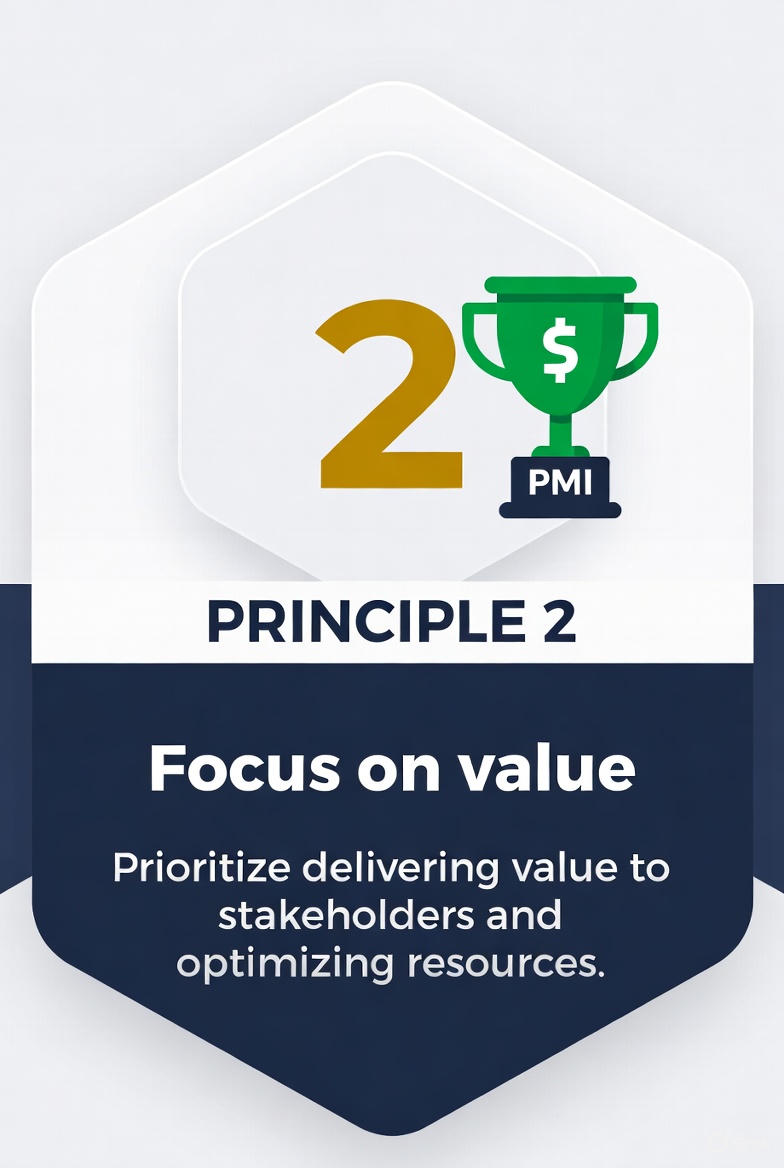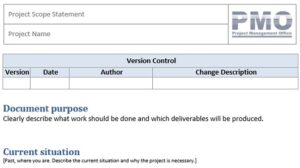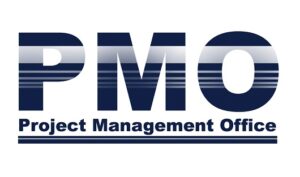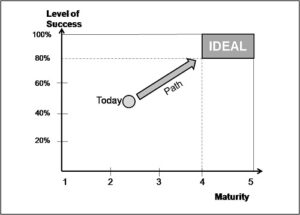In the PMBOK® Guide – Eighth Edition, “Focus on Value” emerges as one of the six core principles that redefine how project success is measured and achieved.
Instead of concentrating solely on deliverables, this principle emphasizes value realization — the tangible and intangible benefits that a project generates for its stakeholders, organization, and society.
This article explains how focusing on value transforms project management from an output-oriented discipline into an outcome-driven system, fully aligned with PMI’s newest performance domains and value-based framework.
What Does “Focus on Value” Mean?
Focusing on value means aligning every decision, process, and deliverable with what truly matters to stakeholders.
According to the PMBOK® Guide – Eighth Edition, value is not limited to financial results — it encompasses customer satisfaction, strategic impact, learning, sustainability, and innovation.
A value-focused project:
- Starts by defining the value proposition before scope and deliverables.
- Continuously monitors benefits realization during execution.
- Ends only when intended outcomes are confirmed and lessons learned are shared.
In short, it ensures that projects are not just completed — they are worth completing.
The Shift from Outputs to Outcomes
Earlier editions of project management standards focused on outputs — tasks completed, products delivered, or milestones achieved.
PMBOK 8 reframes success through outcomes, emphasizing the long-term results those outputs enable.
| Traditional Focus | PMBOK 8 Value Focus |
|---|---|
| Deliverables produced | Benefits realized |
| Scope completion | Strategic alignment |
| Schedule and cost adherence | Value contribution |
| Process efficiency | Stakeholder satisfaction |
| Compliance | Continuous improvement |
By focusing on outcomes, project professionals ensure that every investment contributes meaningfully to the organization’s mission and portfolio strategy.
How “Focus on Value” Connects to the Performance Domains
Each of the seven Performance Domains in PMBOK 8 reinforces this principle in a specific way.
| Performance Domain | Value Focus Application |
|---|---|
| Governance | Establish value-based decision criteria and oversight mechanisms. |
| Scope | Define scope elements that directly enable stakeholder-defined benefits. |
| Schedule | Prioritize sequencing based on business impact rather than task order. |
| Finance | Evaluate investments through ROI, NPV, or social return metrics tied to outcomes. |
| Stakeholders | Engage continuously to validate evolving definitions of value. |
| Resources | Allocate talent and tools toward the most value-generating work. |
| Risk | Identify and manage threats that could erode intended benefits. |
This integration ensures that “value” becomes the connecting thread across governance, finance, scope, and stakeholder engagement.
Building a Value-Driven Mindset
To apply this principle effectively, teams must internalize value thinking — a mindset that challenges every activity with one key question:
“Does this add measurable value for our stakeholders?”
This mindset is cultivated through:
- Collaborative planning: defining success jointly with stakeholders and sponsors.
- Transparency: reporting not just progress but realized outcomes.
- Adaptability: re-evaluating priorities as value definitions evolve.
The result is a culture where purpose guides performance.
Tools and Practices for Value-Based Management
Implementing a value focus requires more than mindset — it needs consistent practices and measurement mechanisms.
1. Value Definition Canvas
A collaborative tool to identify value drivers, beneficiaries, and desired outcomes before project initiation.
2. Benefits Realization Map
Links deliverables to measurable benefits and helps track them through project and post-project phases.
3. Value Metrics Dashboard
Integrates financial, operational, and qualitative KPIs to evaluate ongoing performance.
4. Adaptive Governance
Uses decision thresholds based on value impact rather than rigid budget or scope limits.
5. Continuous Validation
Engages stakeholders regularly to confirm that delivered outputs still support desired outcomes.
These tools reinforce a dynamic feedback loop between project performance and strategic intent.
Leadership Role in Focusing on Value
The principle “Be an Accountable Leader” complements “Focus on Value.”
Leaders must embody value-based thinking by championing clarity, transparency, and stewardship.
Effective leaders:
- Communicate the project’s purpose and value narrative clearly.
- Make trade-offs that protect value delivery, even when difficult.
- Empower teams to question low-value activities.
By modeling these behaviors, leaders anchor the organization’s value culture, ensuring every project contributes meaningfully to its mission.
Measuring Value Realization
To sustain focus, organizations should define value-based KPIs that capture benefit delivery across time.
Example Value Metrics:
- Benefit Realization Rate (% of expected benefits achieved).
- Stakeholder Satisfaction Index.
- Time-to-Value (from initiation to first realized outcome).
- Sustainability Impact Score.
- Portfolio Value Contribution Ratio.
Monitoring these metrics enables proactive decision-making — ensuring investments continue to align with what stakeholders truly need.
Common Pitfalls When Focus on Value
- Confusing Outputs with Outcomes — Delivering faster but not delivering what matters.
- Ignoring Intangible Value — Overemphasizing financial metrics while neglecting social or experiential impact.
- Static Value Definitions — Failing to adapt to evolving stakeholder needs.
- Poor Communication — Not articulating how deliverables connect to business goals.
To avoid these traps, teams must integrate benefit realization reviews, continuous stakeholder engagement, and adaptive governance into every stage of the project lifecycle.
Embedding the Focus on Value Principle into Organizational DNA
Focusing on value isn’t a single action — it’s a cultural transformation.
Organizations can institutionalize it by:
- Including value metrics in governance reports and project charters.
- Training PMs and sponsors in value measurement and storytelling.
- Establishing benefits management offices (BMO) within the PMO.
- Recognizing and rewarding teams for long-term outcomes, not just timely delivery.
By embedding value into structure, measurement, and culture, organizations shift from project efficiency to strategic effectiveness.
Conclusion
The second principle of the PMBOK® Guide – Eighth Edition, Focus on Value, redefines what success means in modern project management.
It calls for projects that are not only delivered on time and within budget but that create lasting benefit and purpose.
When value becomes the central measure of success — supported by governance, leadership, and continuous stakeholder engagement — organizations unlock the full potential of their project portfolios.
Value is not an afterthought; it’s the reason every project exists.
Call to Action:
References
Project Management Institute (PMI). A Guide to the Project Management Body of Knowledge (PMBOK® Guide) – Eighth Edition. Newtown Square, Pennsylvania, USA: Project Management Institute, 2025. PMBOK Guide 8: The New Era of Value-Based Project Management. Available at: https://projectmanagement.com.br/pmbok-guide-8/
Disclaimer
This article is an independent educational interpretation of the PMBOK® Guide – Eighth Edition, developed for informational purposes by ProjectManagement.com.br. It does not reproduce or redistribute proprietary PMI content. All trademarks, including PMI, PMBOK, and Project Management Institute, are the property of the Project Management Institute, Inc. For access to the complete and official content, purchase the guide from Amazon or download it for free at https://www.pmi.org/standards/pmbok if you are a PMI member.





